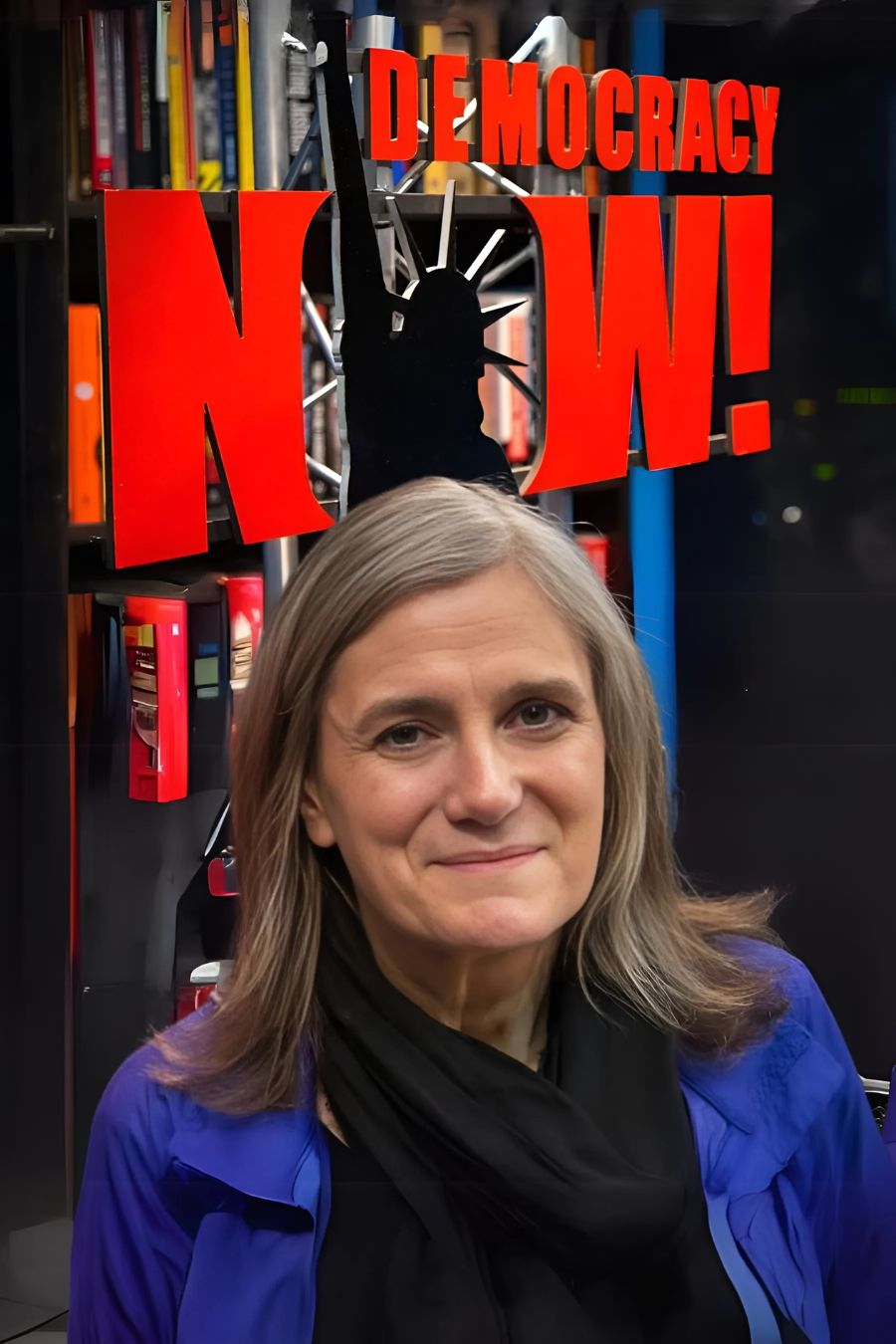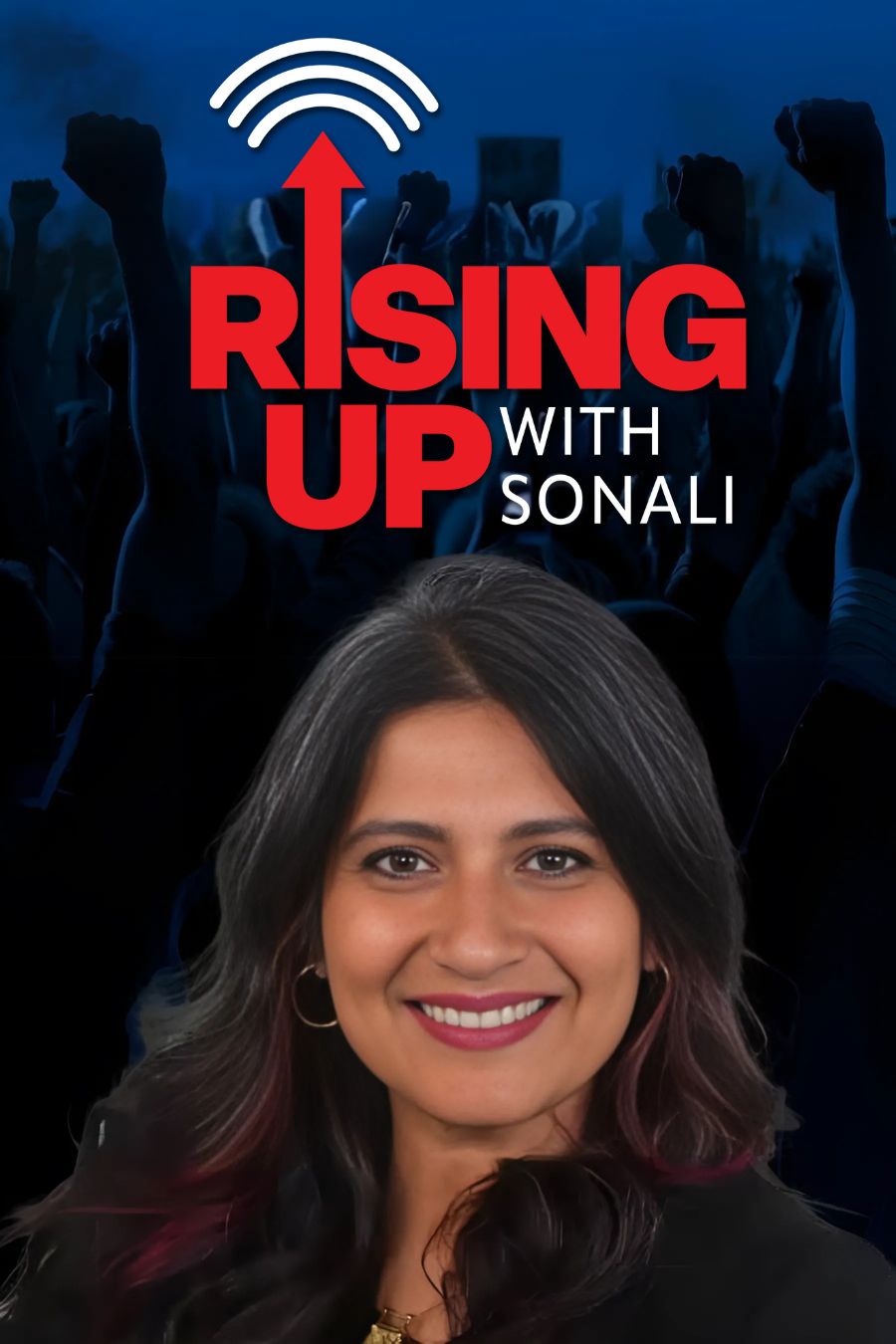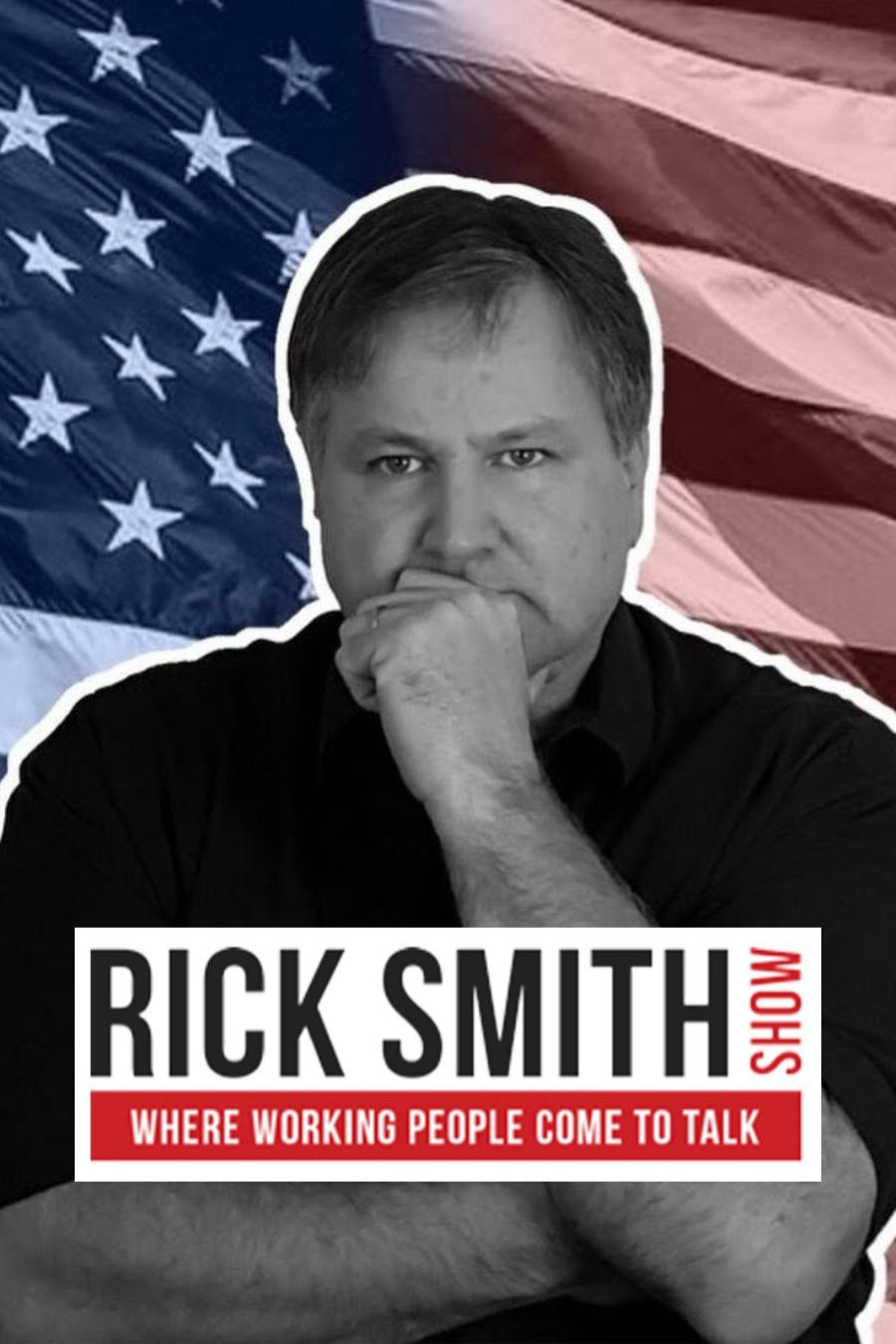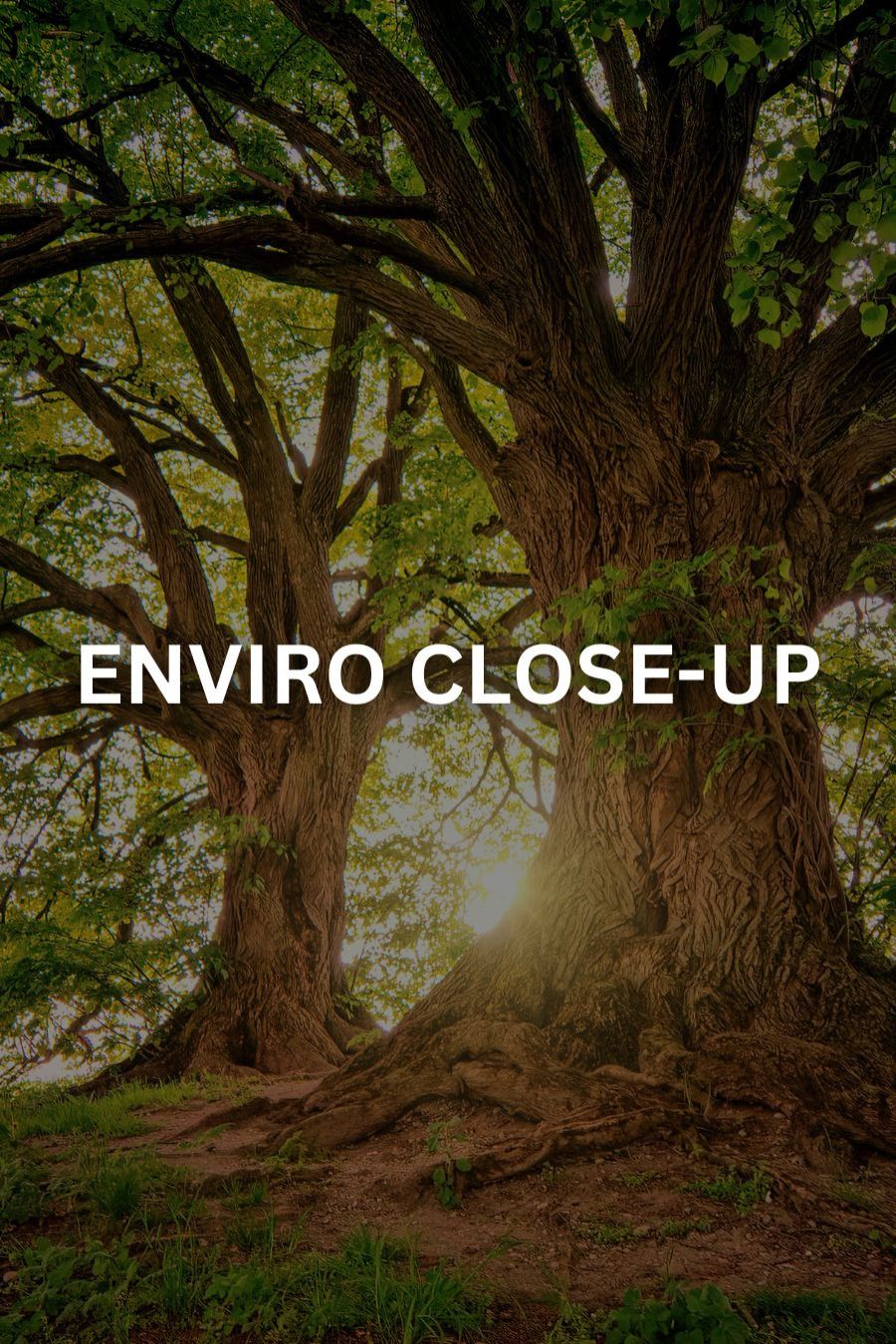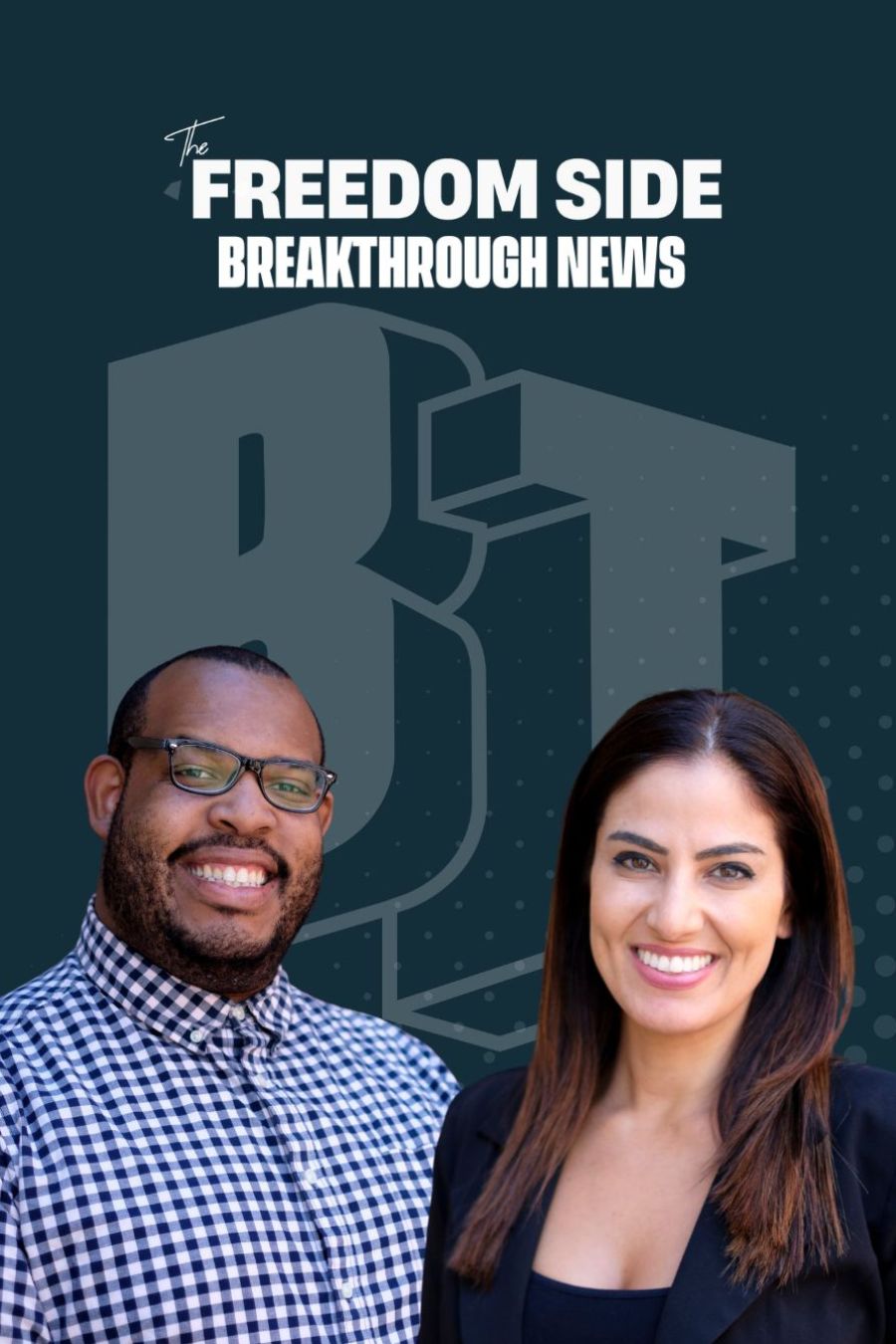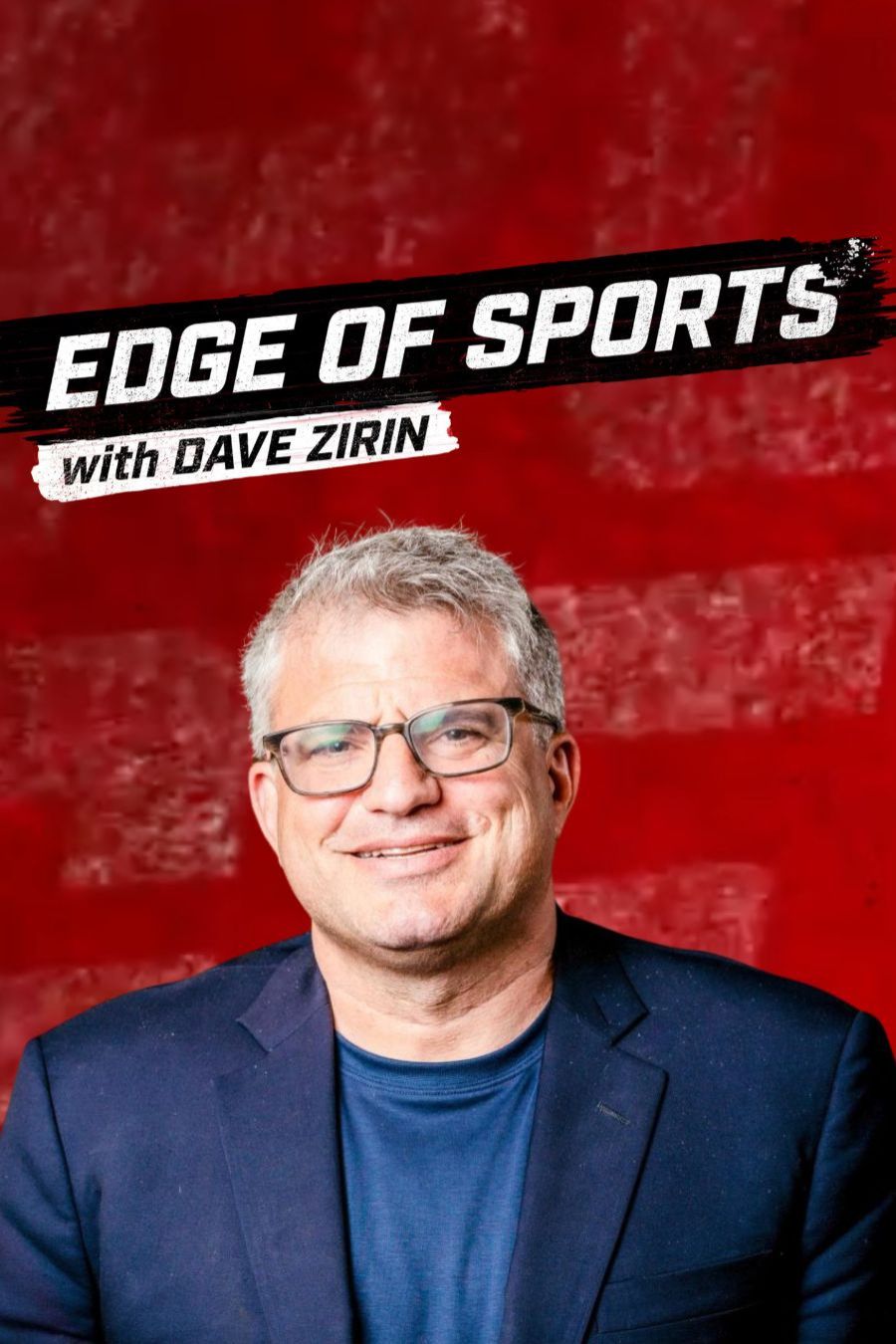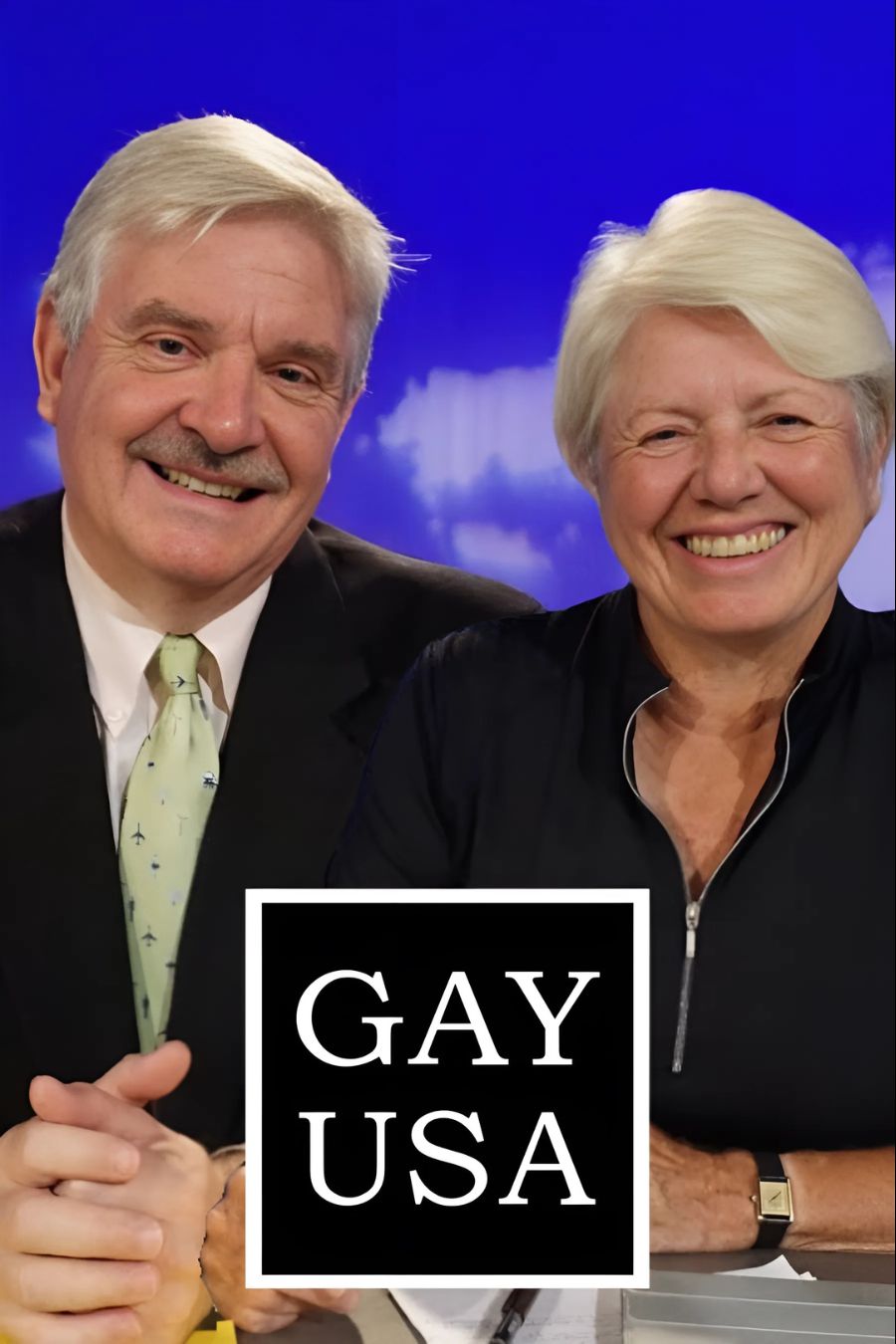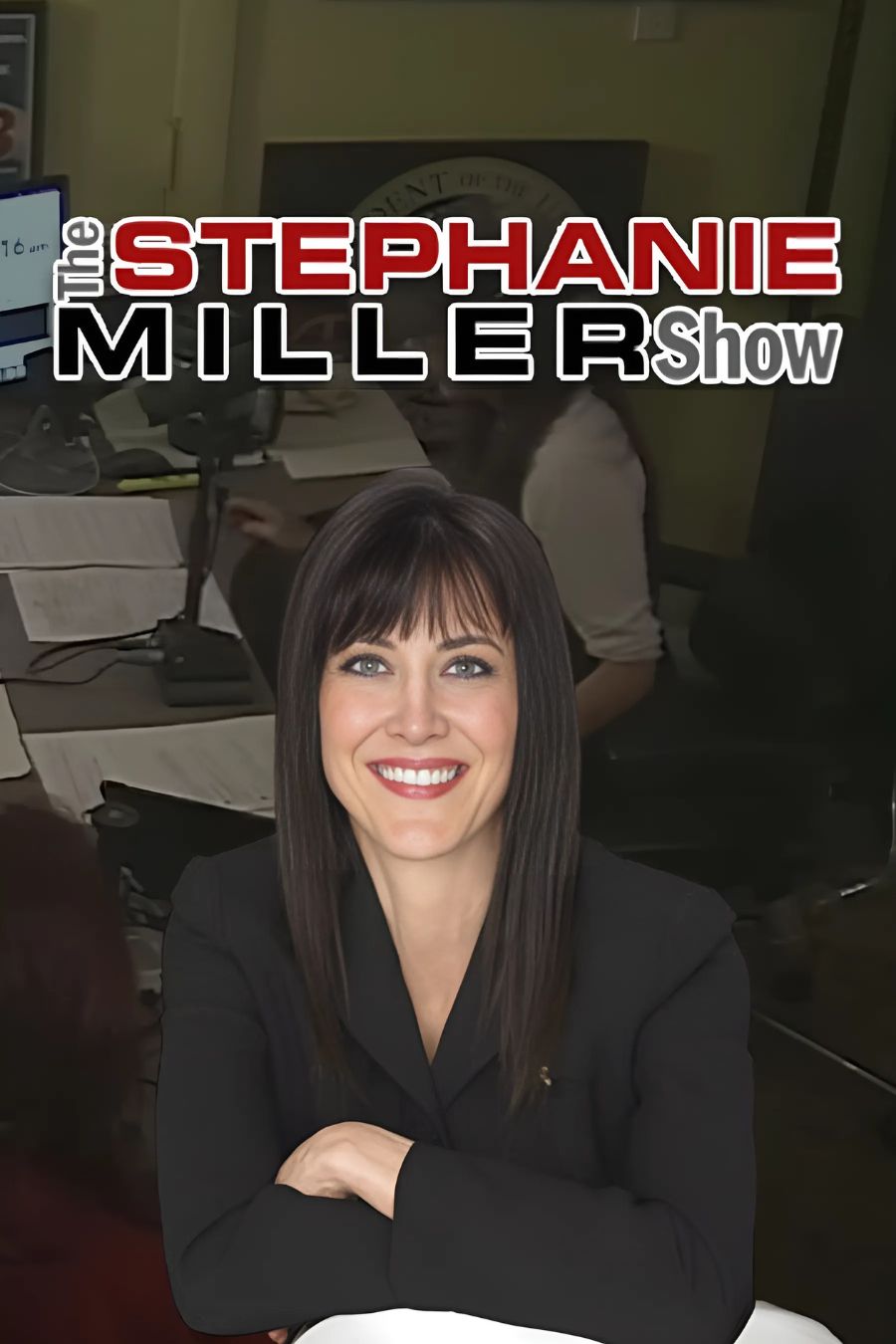FEATURED VIDEO
ABOUT THE SHOW
Enviro Close-Up is a weekly half-hour interview show on cable TV featuring in-depth discussions between Karl Grossman and leading figures in the environmental and social justice arenas. Program topics include environmental racism, nuclear proliferation, the spread of environmental pollution, food irradiation, the dangers of nuclear power, new developments in safe and renewable energy, jobs and the environment, recycling, and organic farming and gardening.
FEATURED SHOWS
ALL EPISODES
Loading episodes...


